Two adverts appeared in the Monmouthshire Merlin a few months apart — the first in December, 1833 for the sale of No. 1, Clarence Place, the second in March, 1834 for the sale of No. 3 Clarence Place. Like previous posts on houses for sale (e.g. Two Cottages near Chepstow Road, A Commodious Dwelling-House) it's interesting doing research on the properties to see what can be found.


No. 1, Clarence Place is listed as being near Newport Bridge and the present day No. 1 is where the Riverside pub is located. Interestingly, the tithe map from the early 1840s only shows a single building with no mention of an owner and the land around it is listed as pasture.
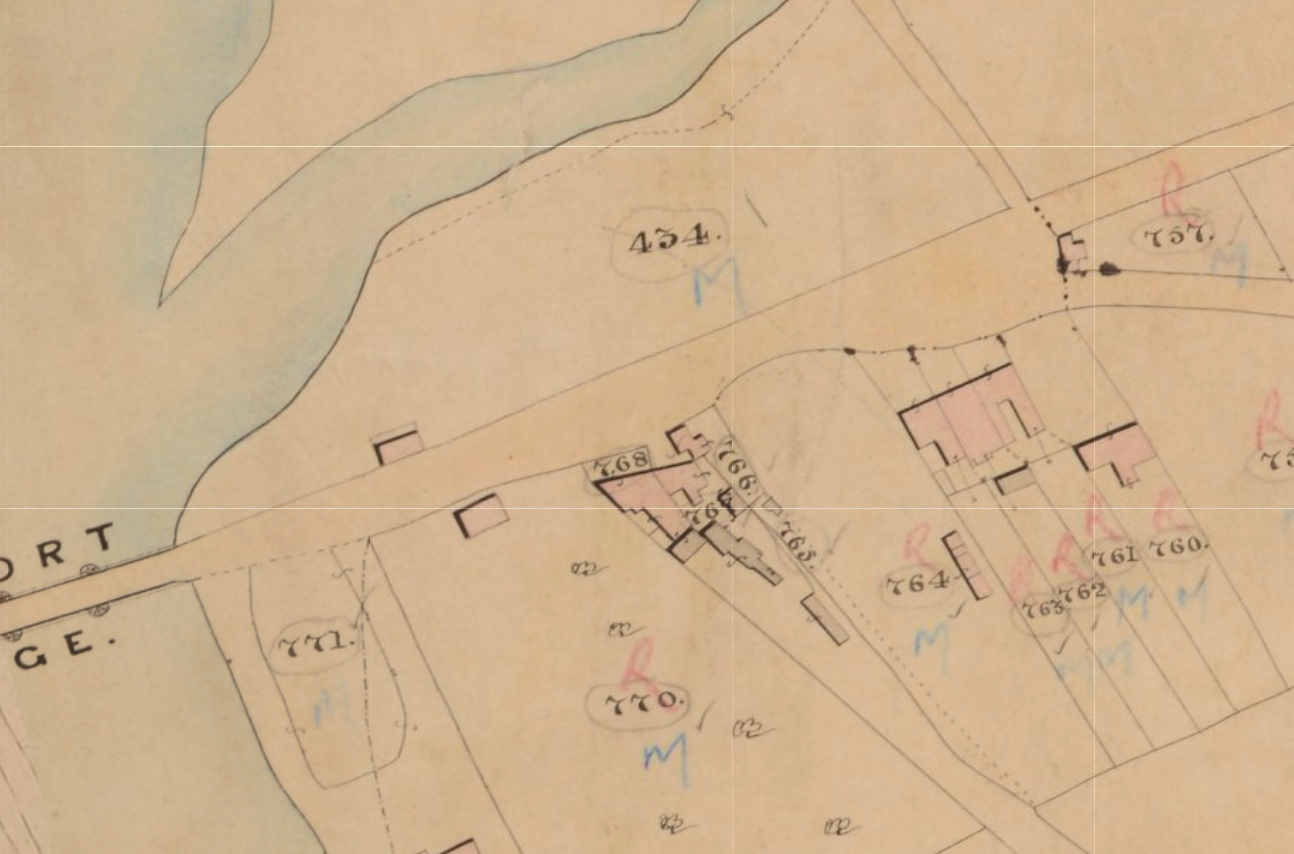
The building shown on the north side doesn't seem like a large property and it's unlikely to be both No. 1 and No. 3. Being around 7+ years after the advert was placed the house may well have been demolished by then. A street directory from 1848 mentions properties in Clarence Place but doesn't list any numbers.
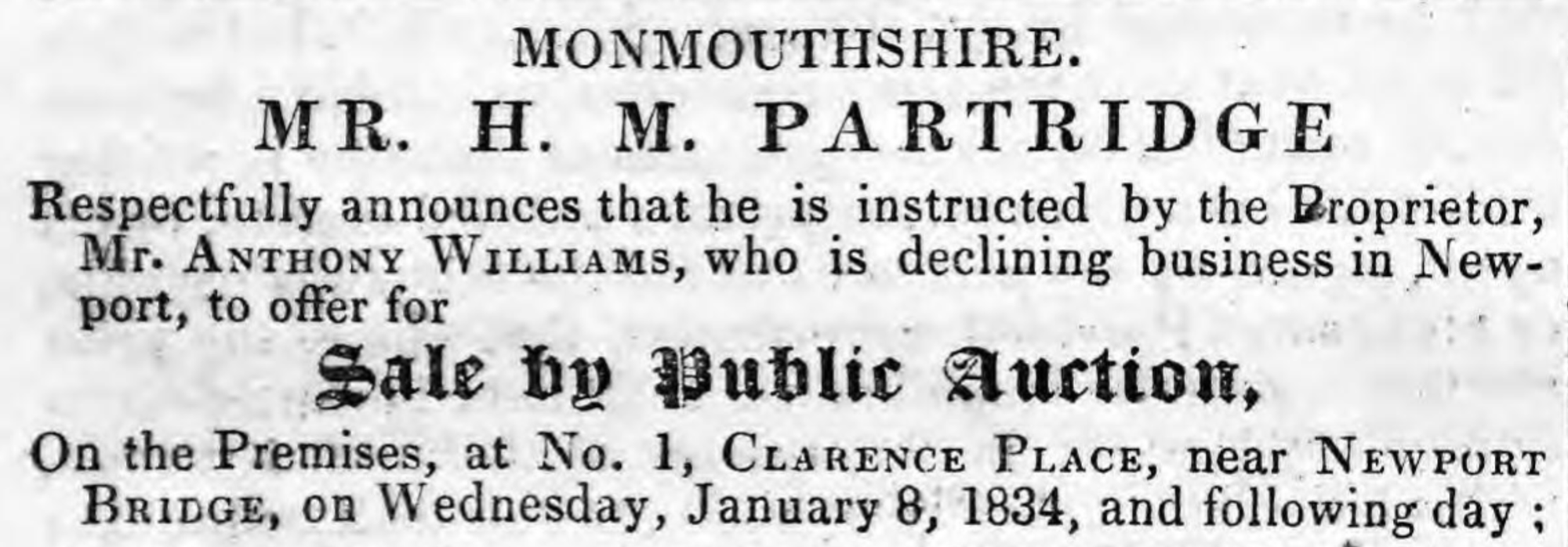
About The Property
The advert doesn't provide details about the property itself but does go into great detail about the furniture available which would give a good idea of the type and size of property.
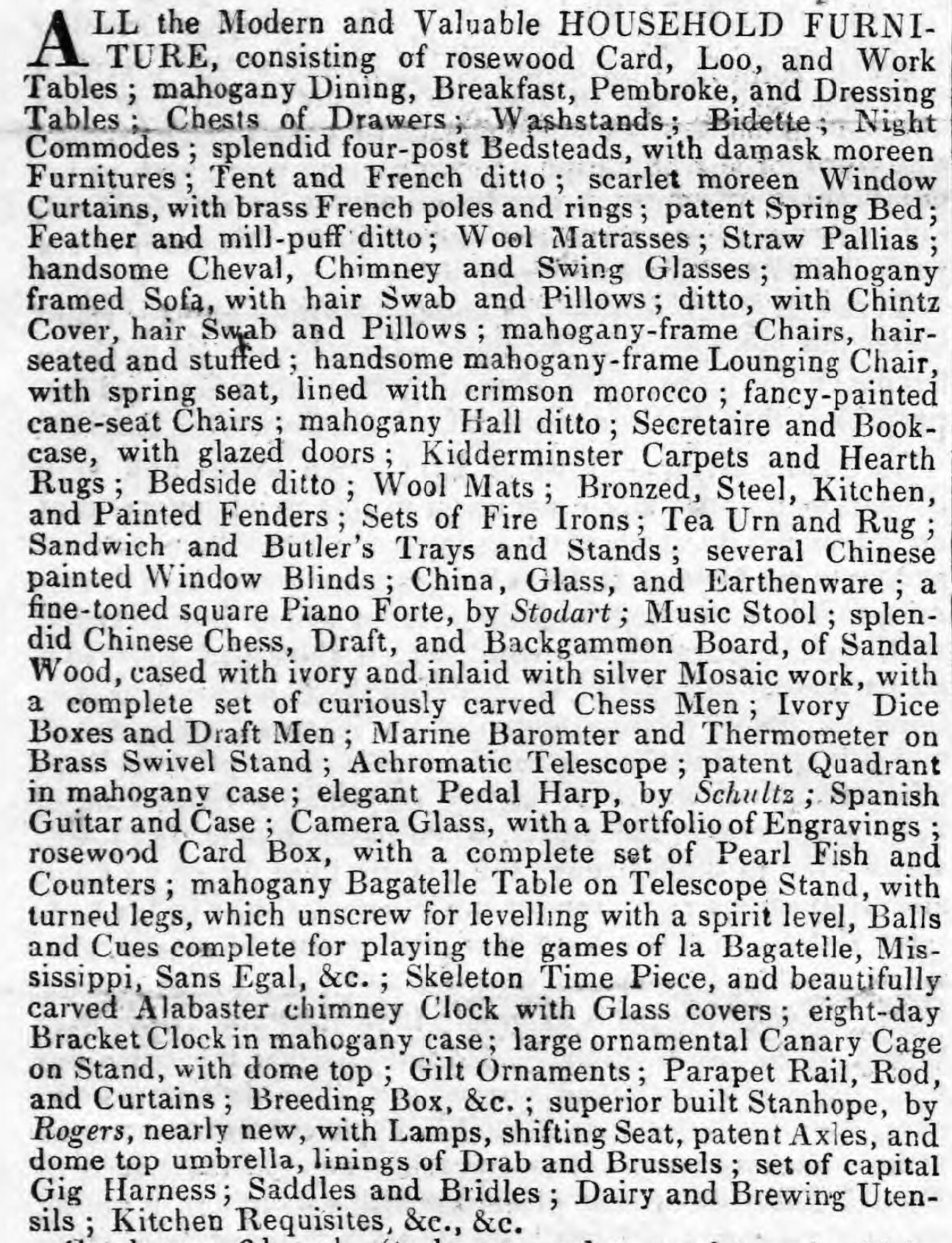
Chimney Glass
The National Trust has a couple of examples of what they're calling Chimney Glass (a mirror) from the 18th century so presume the one mentioned in the advert is similar.
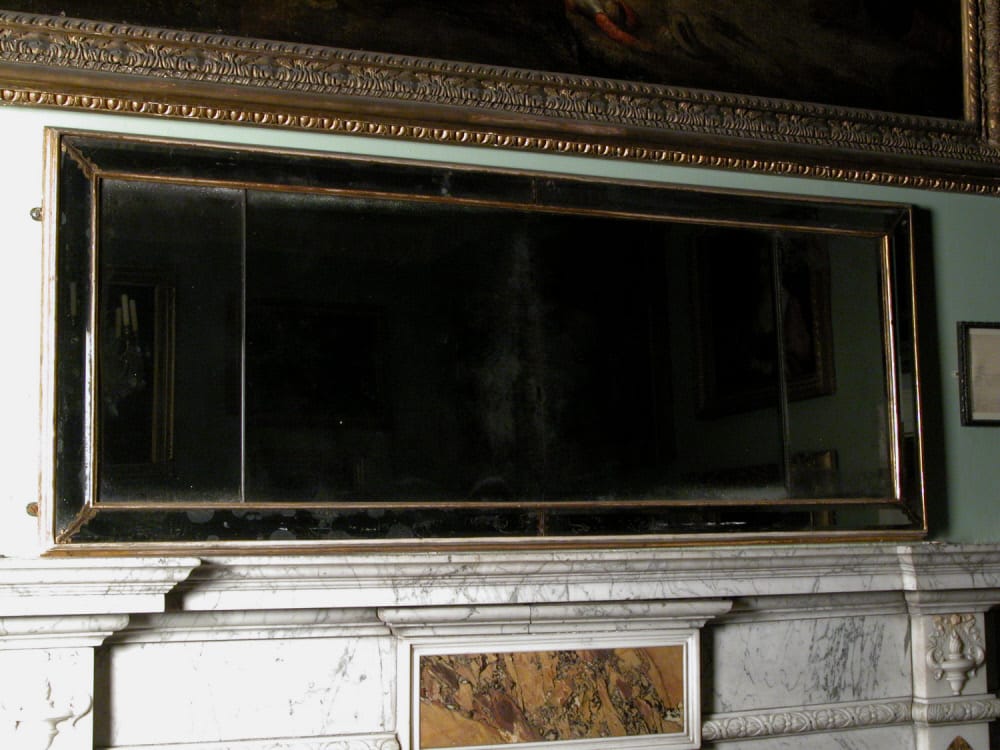
Piano Forte
An example of a piano forte made by Stodart that is mentioned in the advert.
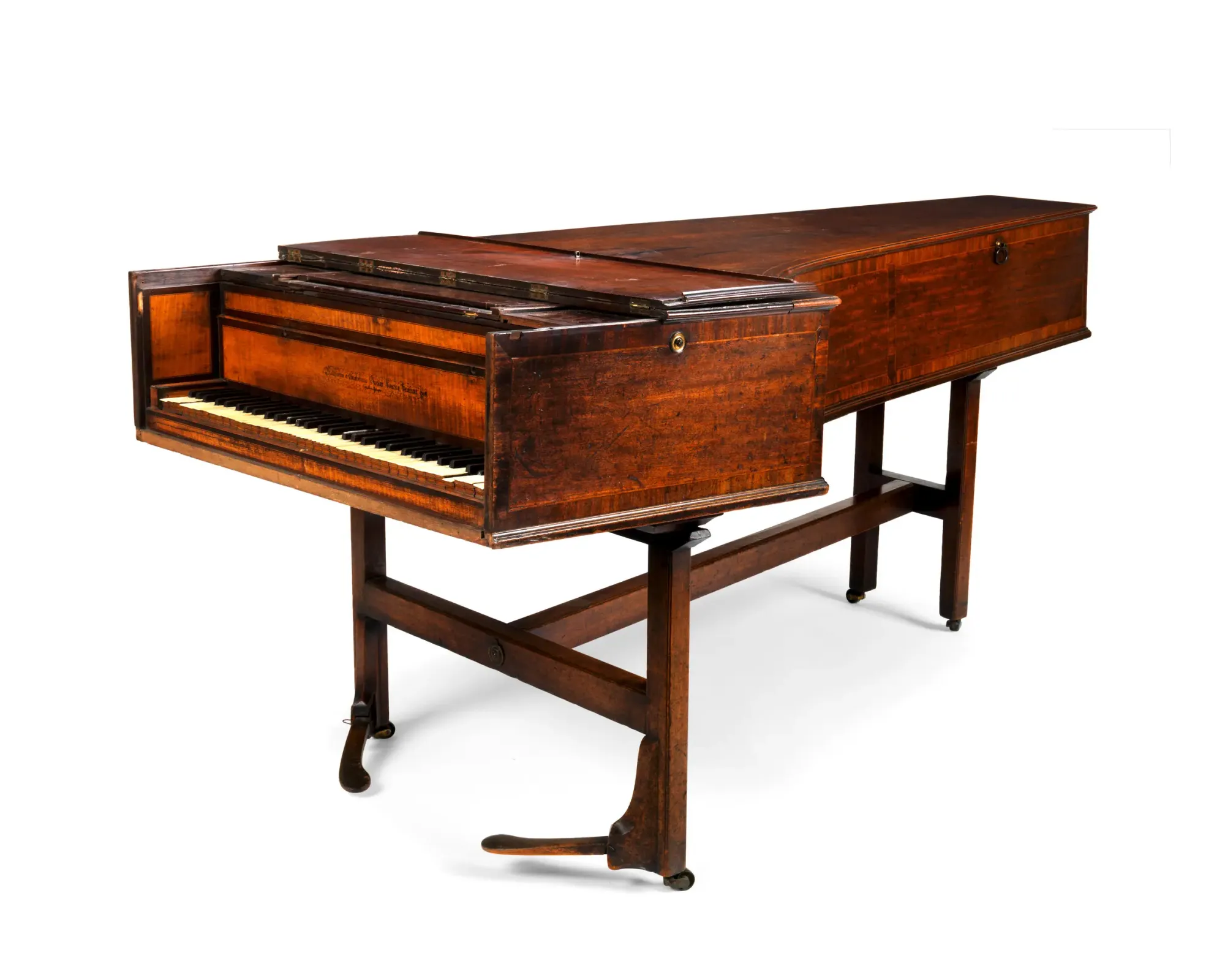
Bagatelle Table
An example of a bagatelle table mentioned in the advert.
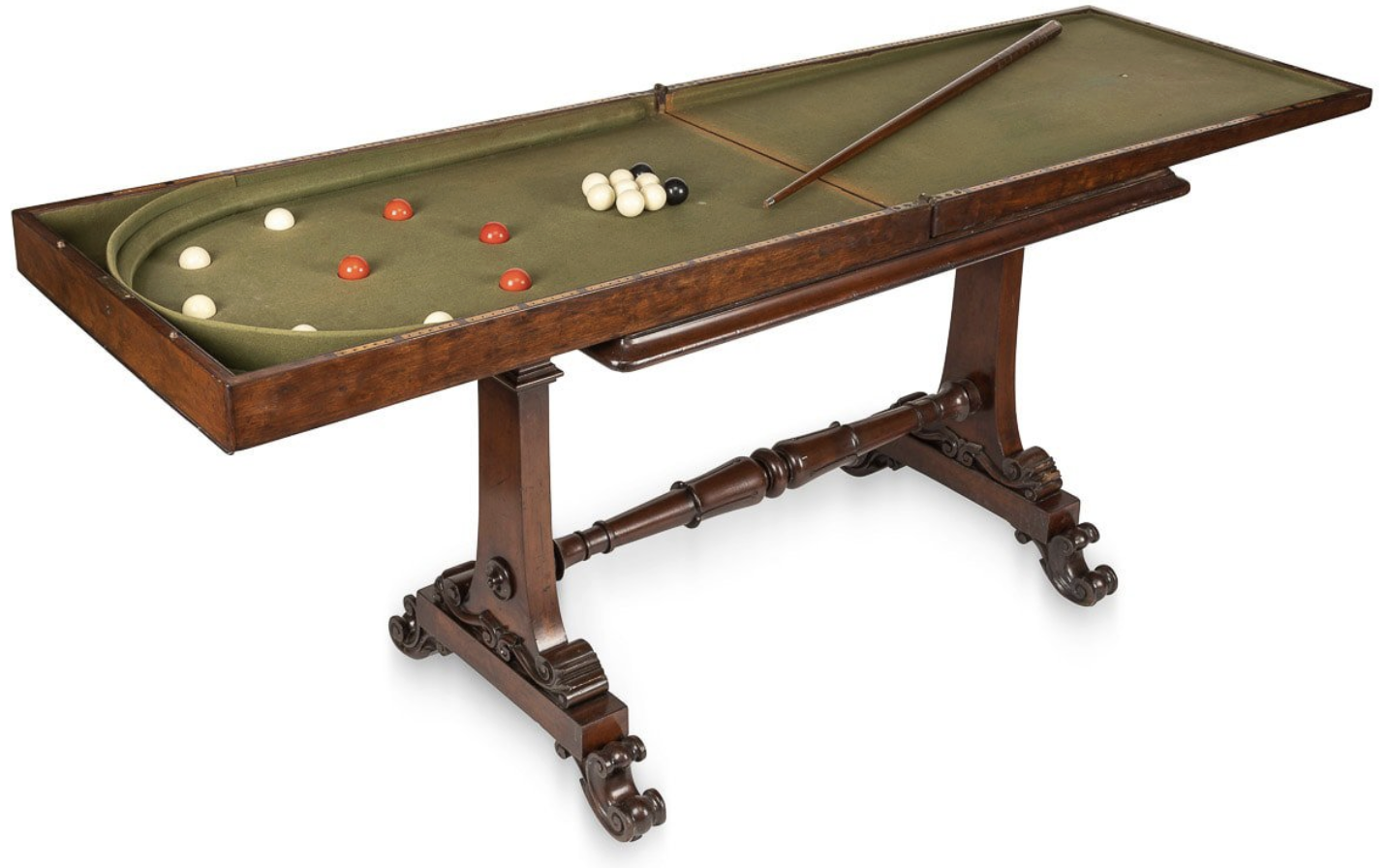
About The Owner
The owner of No. 1 was a Mr Anthony Williams who was moving due to 'declining business in Newport. Around about the same time there was a Mr Anthony Williams mentioned a few times in the Monmouthshire Merlin and is likely to be the same person. He is recorded in a couple of articles as being a merchant or provisions merchant also appears at a Newport Reform Meeting in 1831.
On the 1st May, 1830, a Mr Anthony Williams is recorded as being involved in an armed robbery whilst travelling between Abergavenny and Newport.
On Tuesday night, about half-past nine o'clock, as Mr. Anthony Williams, merchant, of Newport, was returning home from Abergavenny, in his gig, at a dark part of the road, about half a mile before he got to Caerleon, a man snapped a pistol at him, which fortunately missed fire. Mr. W. thinking at the moment it was a poacher, asked the man what he was doing there, to which he received no answer, but the fellow having again primed the pistol, attempted a second time to discharge it, which only flashed in the pan. Upon this Mr. W. having no fire-arms, whipped his horse and fortunately got away, for he had a large sum of money about him.
— Monmouthshire Merlin, Saturday 1st October, 1830


No. 3 Clarence Place is a little further alone from No. 1 in the approximate location of the present day 'Asian Food' shop which has an address of 3-5 Clarence Place. As mentioned above, the tithe map doesn't show any more than a single building on this side of Clarence Place so making an assumption that the numbering was the same in 1834 as it is today and at least the side of the road is correct.

About The Property
Much like the No. 1 advert, it goes into great detail about the furniture for sale but also gives an indication of the rooms. Interesting both houses had a Welsh harp!
Rooms mentioned are a Drawing Room, Dining Room, Bedrooms, Landing, Passage and Stairs and a pantry. That doesn't sound grand but based on the furniture inventory and room to store a gig it must have been a fair sized property.
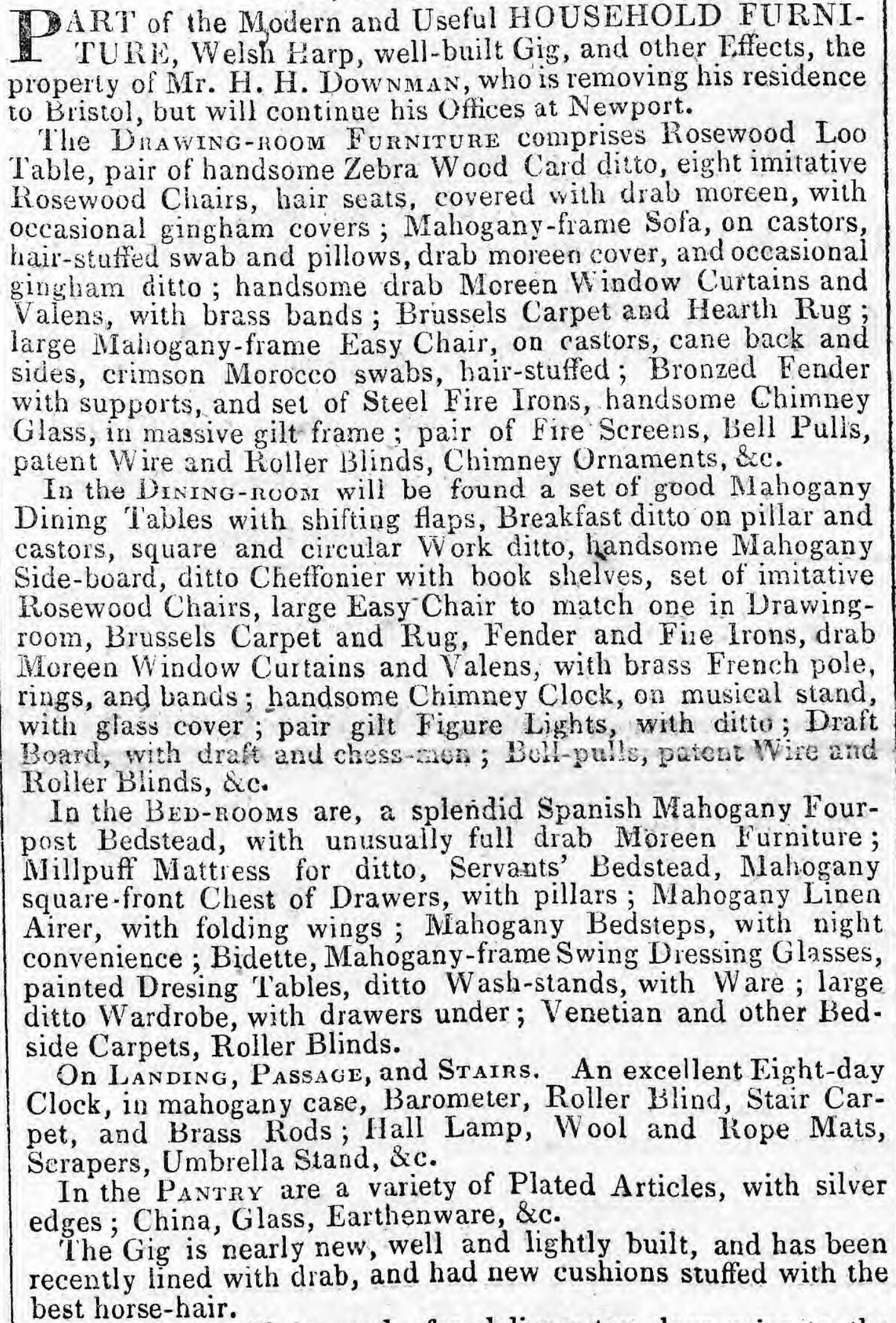
Zebra Wood Card Table
A zebra wood card table is mentioned which may well have looked like the image below.
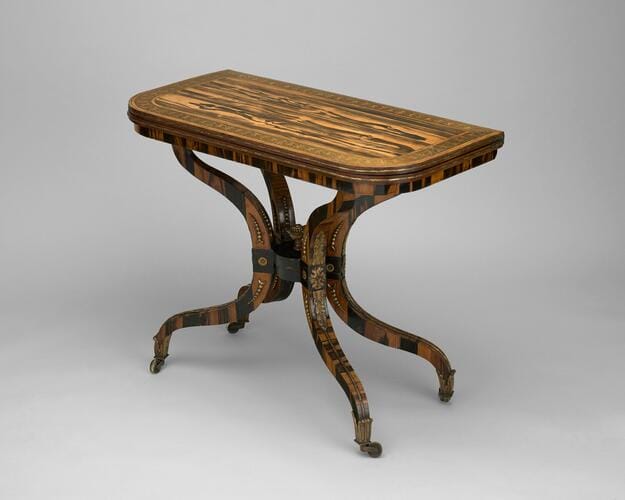
Gig
The gig may have looked similar to the one below.
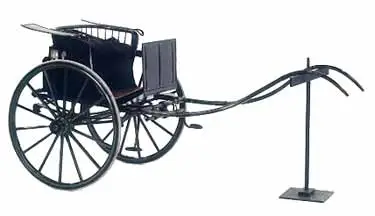
About The Owner
The owner of No. 3 was a Mr H.H. Downman (possibly Hugh H. Downman) who has a few mentions in the Monmouthshire Merlin as being a Public Accountant in Newport. There is a mention of him getting married at St Woollos Church on Saturday 29th October, 1831 and in the sale of coal in 1830 and in bankruptcy proceedings in 1832.
He also placed an advert in April 1830 for a 'genteel youth not younger than fifteen to assist in an office'.




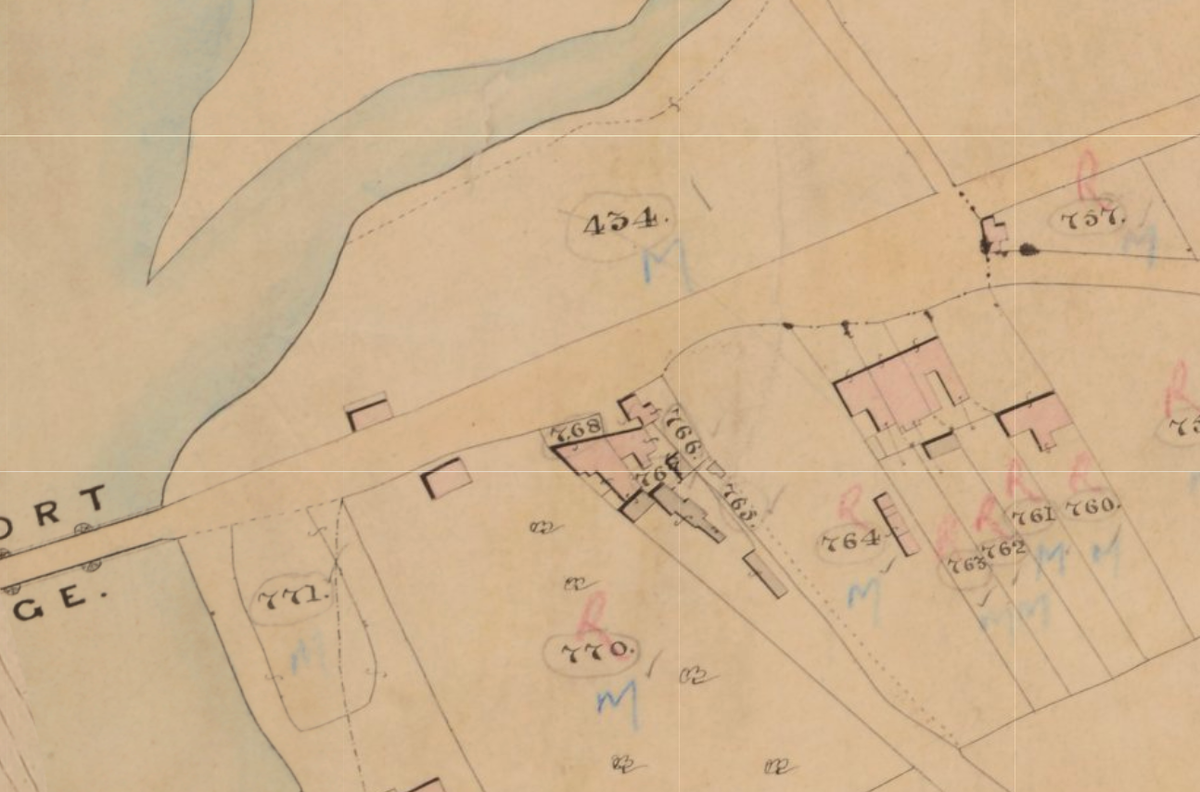
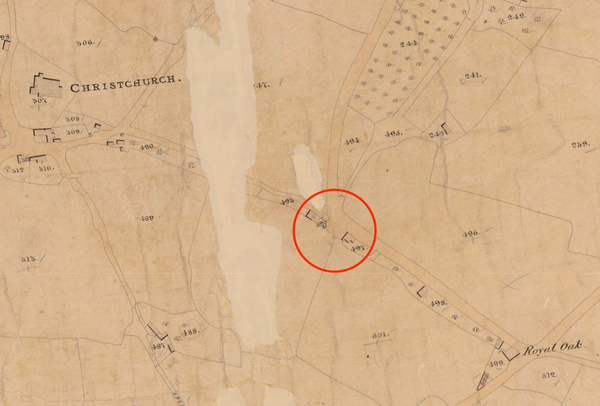
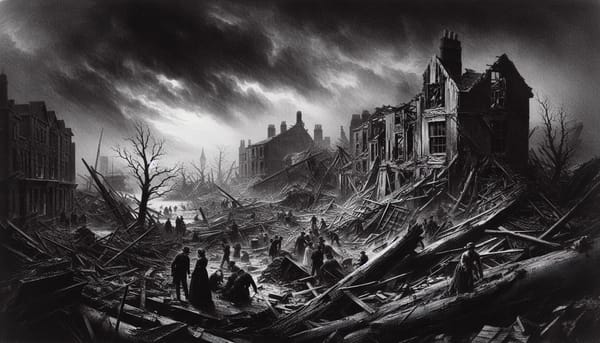
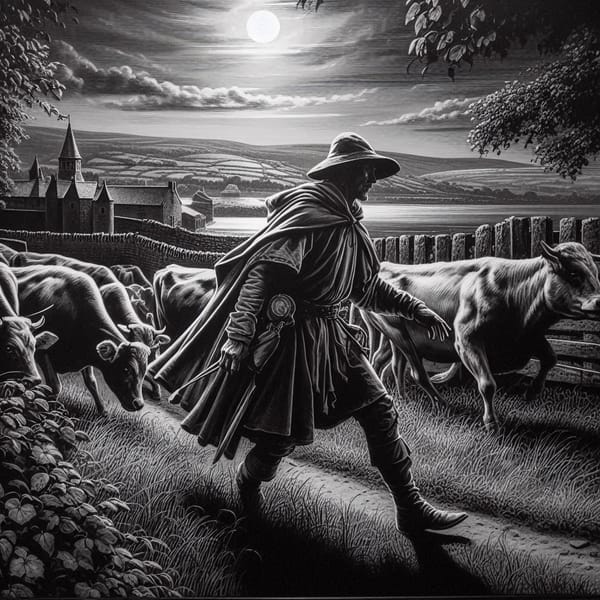
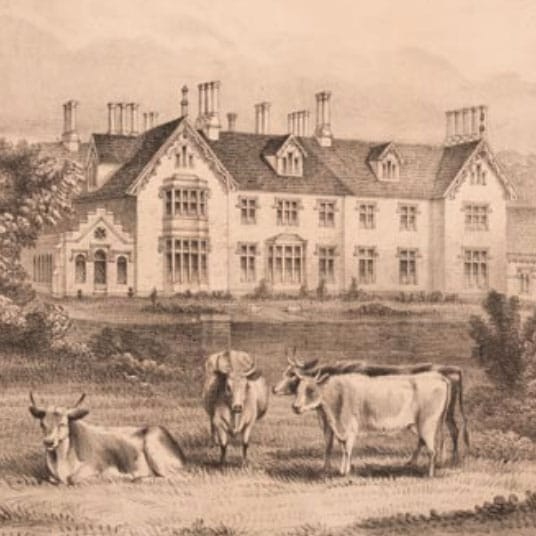
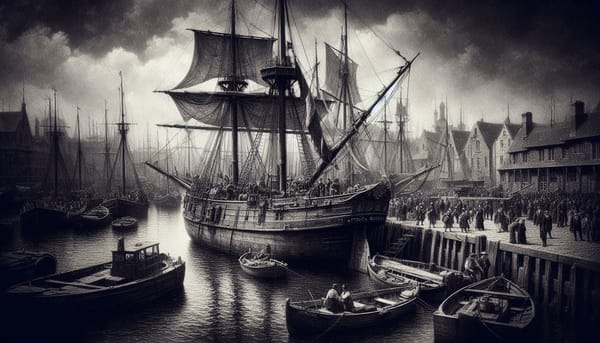

Member discussion